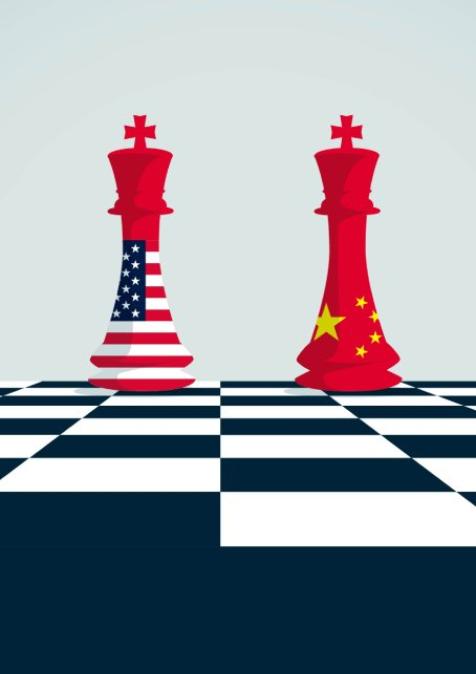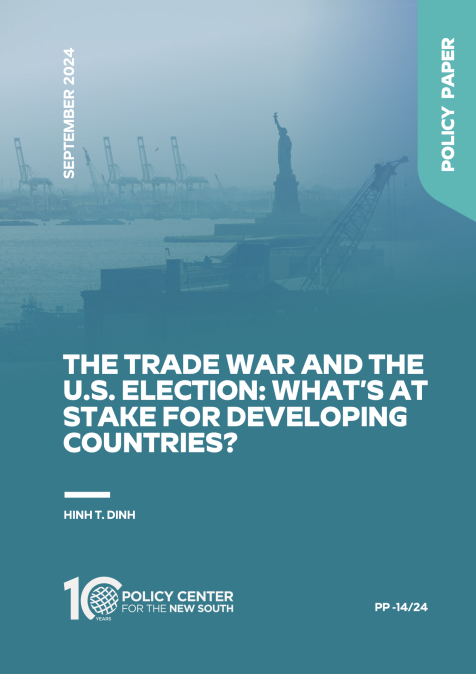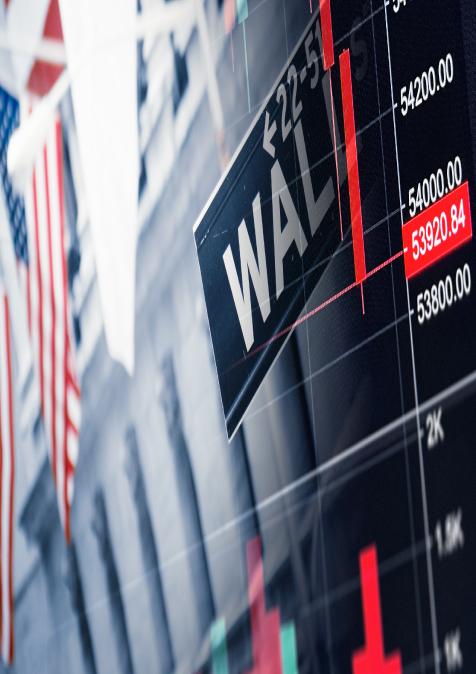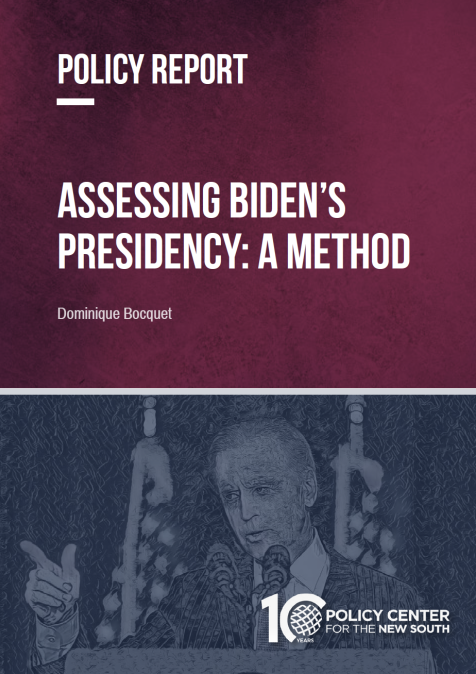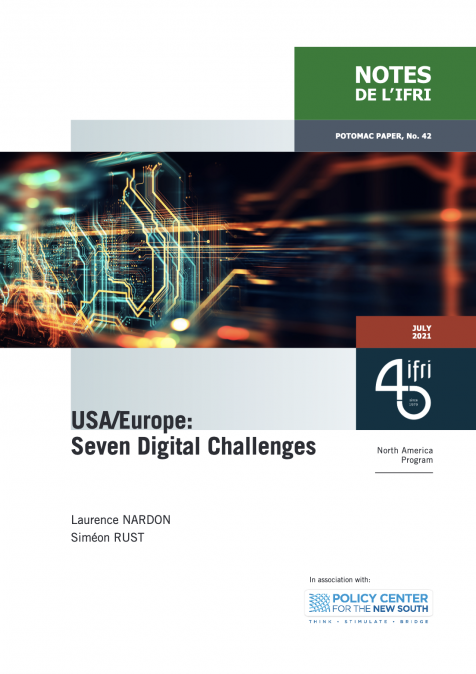Publications /
Opinion
Joe Biden’s victory in the U.S. elections was widely anticipated, and much of what has happened since he took office on January 21 has conformed to his election promise. The progress he helped steer in vaccinations and repairing the pandemic’s economic damage is especially impressive. However, the first 100 days of his term have also seen major unexpected developments. Three of these surprises have both major implications for the U.S. economic outlook, and global repercussions. The three big surprises are connected and must be understood together.
The first surprise is the sheer magnitude of Biden’s proposed spending measures, some $6 trillion (equal to about 29% of 2020 U.S. GDP) to provide pandemic relief and stimulus, strengthen the safety net, and invest in infrastructure over the next few years. Of these, the first set of measures, amounting to $1.9 trillion (9% of GDP) has already been approved by Congress.
The second surprise is the extremely hard line Biden and his team have adopted on China, marking a continuation of President Trump’s policies when many observers, this writer included, had expected a moderation.
The third surprise, which is totally outside Biden’s orbit of control, is Donald Trump’s continued dominance of the Republican Party from his Florida retreat in Mar-a-Lago. To Democrats and most Independents, the prospect of Trump’s return or the return of Trumpian policies is the worst nightmare. More concretely, to execute their agenda, Democrats must retain their tiny majorities in the Senate and the House of Representatives in the November 2022 elections.
Trump’s unexpected resilience helps us understand Biden’s big spending and the hard line on China. Trump’s continued control of the Republican Party became evident when, even after the attack on the U.S. Capitol on January 6, which Trump instigated, nearly all Republicans in Congress voted against his impeachment in the House and for his acquittal in the Senate. Since then, nearly all Republicans in Congress (and 70% of the Republican electorate) have continued to adhere to Trump’s line that the election was stolen, and those that oppose that line—most notably Representative Liz Cheney, number three in the House Republican leadership—has been purged.
There is no realistic prospect of Biden winning over the Republicans who believe (or claim to believe) that he is an illegitimate president. That means he must consolidate the hold on his base, which is predominantly on the left of the political spectrum and in the center. The best way to do that is to go ‘big’ on spending programs which are designed to boost the economy while providing support for America’s middle class and large minority underclass. Most of the spending will be debt-financed, and the rest will be paid for by raising taxes on corporations and the top 1%. Biden’s big spending runs the risk of overheating the economy and of losing the support of some of the centrists who voted for him, but these are risks he is willing to take, or feels he must take, to preempt a Trump return. Many in Biden’s sphere see this strategy as essential to defend American democracy.
Continuing the hard line on China is part of Biden’s domestic political strategy. Frontal opposition to China may be justified in the eyes of Biden’s team by genuine concerns about the economic, technological, and military threat that China poses. But it should be noted that, prior to the 2020 election, the utterances and writings of Biden and his team emphasized cooperation with China as much as they did competition. The harsher than expected stance on China likely reflects the reality that the American electorate’s views on that country have become overwhelmingly negative over the last few years. Biden needs affordable insurance policies against Trumpian attacks in the mid-term elections and possibly beyond, and a hard China stance is one.
The surprises of Biden’s first 100 days have important economic implications. Most obvious and immediate is the sharp recovery of the U.S. economy, which is partly due to the massive spending programs (or their prospect). Together with historically loose monetary policy and pent-up demand across the world, and the continued pull exerted by a resurgent China, the U.S. recovery will help to support a boom in world trade over the next year or two. That means that all countries—especially those that manage to keep the pandemic under control—will see accelerated growth and will take many benefits from a positive external environment.
However, the outlook for late 2022 and beyond is rife with uncertainty. High and rising debt levels, and the possibility of a return to stop-go monetary policy in the United States in response to inflation, cast a long shadow on the sustainability of growth. The possibility that the China-U.S. rivalry kindled by Trump and now Biden turns into enmity or even outright warfare in Asia (which may not be confined to Asia) is profoundly unsettling and may come to impede all avenues for international collaboration, from climate change to trade. Continuation of a protectionist stance in the United States, which fits nicely with Biden’s populism in economics and with his anti-China positions, will further undermine the open and predictable trading system—the bedrock on which modern productivity and living standards rest. The possible resuscitation of Donald Trump or the return of a Trumpian figure at the helm of the world’s superpower cannot be discounted. Naturally, this leads both America’s allies and adversaries to hedge their bets on American leadership, making the outlook even more fluid and unpredictable.
How will it all turn out? Perhaps the best scenario for American democracy and for the world economy is a resurgence of centrist and conservative Republicanism that retakes control of their party and provides a sensible opposition to the Democrat left’s most extravagant plans. Another scenario, which might pave the way to more rational and sustainable U.S. policies, would see the 2022 mid-term elections confirm the Democrats’ Congress majorities with a larger margin. This may give Biden political space to move to the middle where his instincts probably lie (and hopefully not further to the left). But the most likely scenario is a continuation of the deeply divided politics that lie at the heart of Biden’s surprising choices and the uncertainty they generate.

